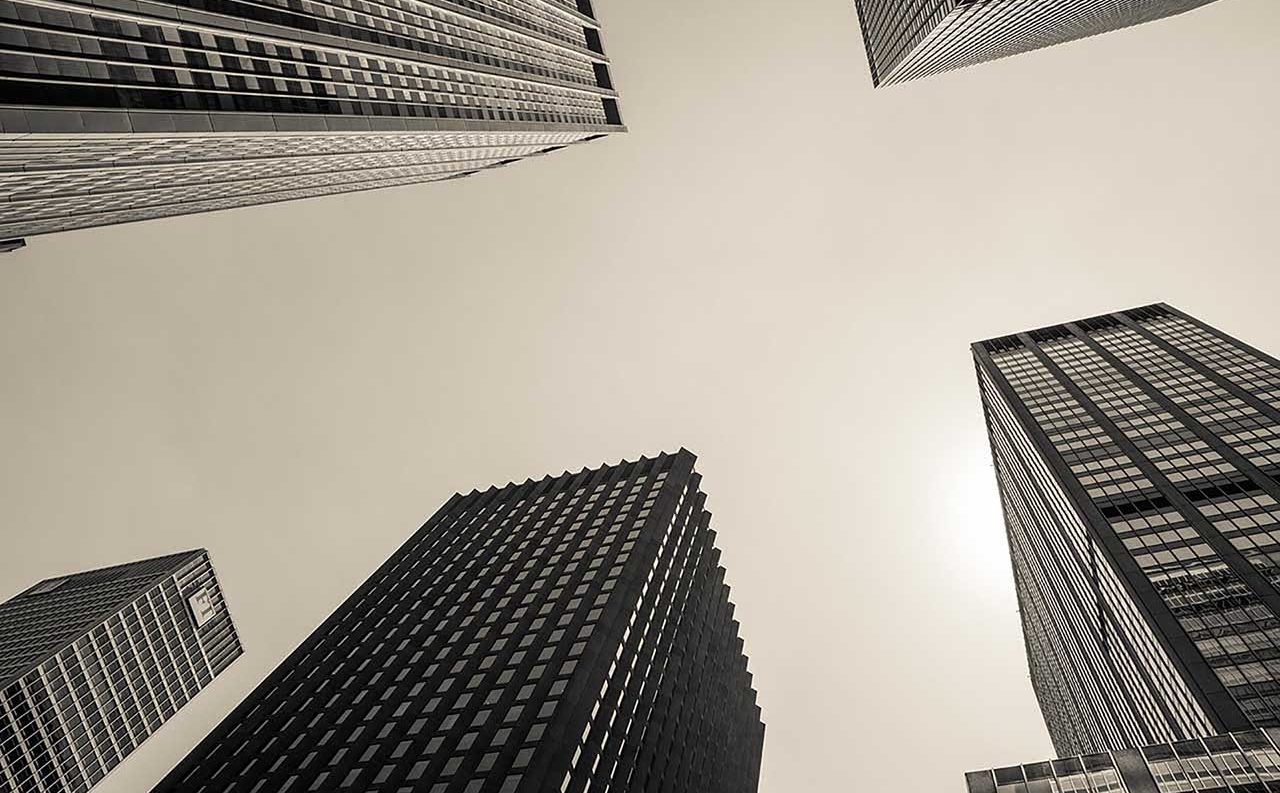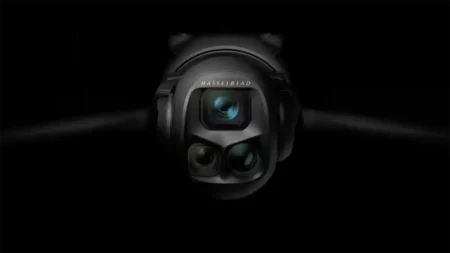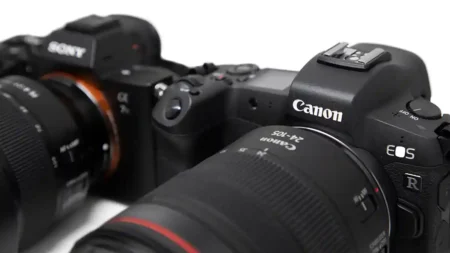You can give you urban landscape images a modern feel by looking for scenes with unusual angles, gritty textures and strong shapes that will make for a dramatic rendering in black and white. Here’s what you need to do it…
When you think of great landscape images you often picture rolling hills, autumn mist or green canopies of trees, but sometimes the most stunning landscapes are hiding in plain sight closer to home.
You might not realise it during the rush of your daily commute, but there are plenty of great photo locations to shoot urban landscapes right on your own doorstep.
Something as banal as a multi-storey park garage, for instance, can make for a stunning black and white urban landscape. Or a gritty underpass covered in graffiti.
The angles and shapes and textures of the urban landscape make for a great study in shooting graphical images that offer the viewer another way of looking at the familiar.
In this tutorial we’ll show you how to set up your camera to shoot a gritty urban landscape image that captures the essence of city life.
Urban landscape tips: 01 Finding your subjects
Finding interesting subjects in your everyday life, though, requires a new way of looking at the world. The next time you go out the door to work or to do your shopping, why not take your camera with you.
Take your time and look around for unusual angles, strong geometric shapes or features, such as diminishing perspective, that can make for striking compositions.
What’s more, spend some time studying the negative space between objects or buildings and think about what effect that might have on your composition. You can even get down low or try framing from other unusual angles to see how that might change the way your composition looks.
Do this just once, and we’re certain you’ll be amazed at how many great images are hiding in plain sight!
SEE MORE: Best camera settings for photographing traffic trails
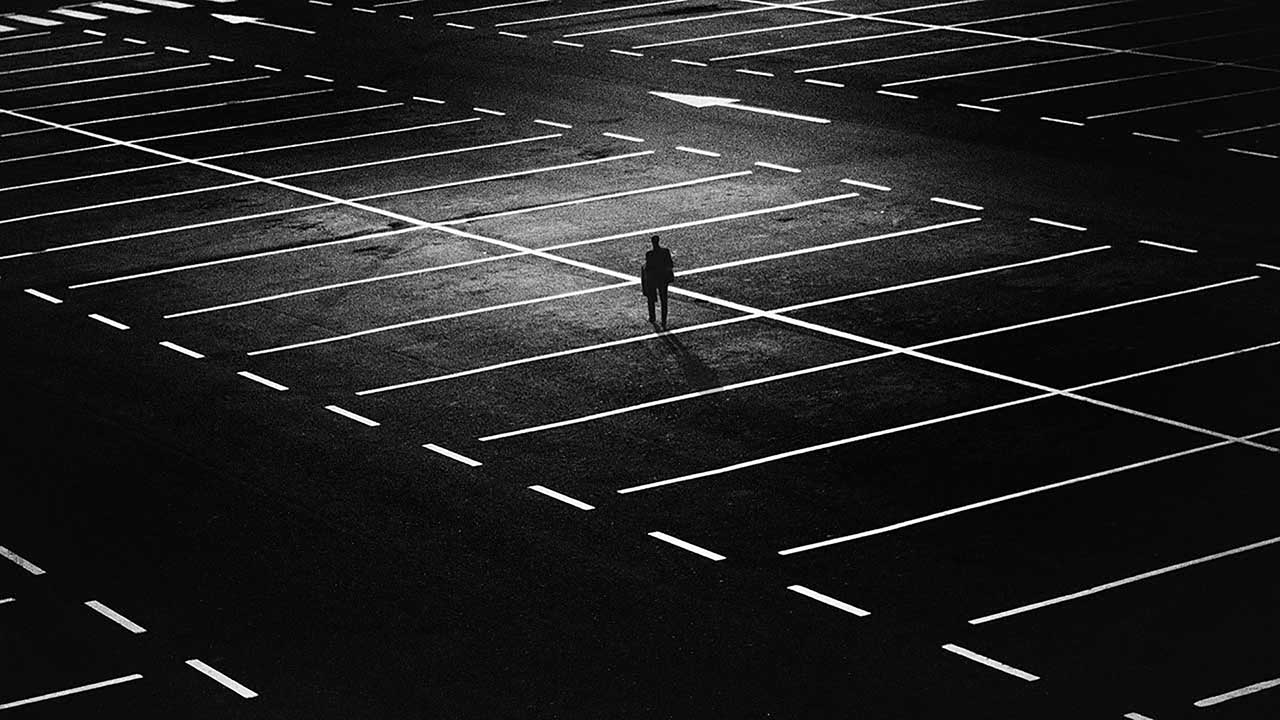
Urban landscape tips: 02 Go wide
In the urban landscape, just as in the wild, a wide-angle lens will be your most valuable optic. This is because it can squeeze as much of a scene as possible into your frame.
We typically like to shoot urban landscapes at around 12-24mm; however, it’s worth noting that wide-angle lenses can create what is called converging verticals in your images. This is an effect where buildings appear to be leaning at unnatural angles, but this can be fixed in the digital darkroom.
Urban landscape tips: 03 Shoot in Av mode
Your camera’s Aperture Priority mode allows you to take control over the amount of depth of field in your image, while automatically adjusting your shutter speed to accommodate it.
In Av mode we typically shoot an urban landscape with an aperture of f/11 to ensure wide depth of field and sharpness throughout the frame.
Urban landscape tips: 04 Bracket your images
When shooting in the city you’ll find a lot of stray light reflected from windows, or dark areas of shadow, can make a good exposure difficult to achieve. A good way to capture an urban landscape in the city is to create an HDR (high dynamic range) image.
To make an HDR image you’ll need to shoot around three or more images at
different exposures, each set for the highlight and shadow or most challenging areas in your scene.
We set our camera to Auto Exposure Bracketing (AEB) mode in these instances so that the camera three frames at different exposures, setting the parameters to between -2 and +2 stops.
What this does is give you one shot that is underexposed by two stops in order to capture detail in the highlights, a normal even exposure and a third frame that is overexposed by two stops in order to capture detail in your shadows.
Later on you can combine these images in your photo editing software to create an image that offers a fuller range of tones.
SEE MORE: Which f stop for landscape photography should you use?
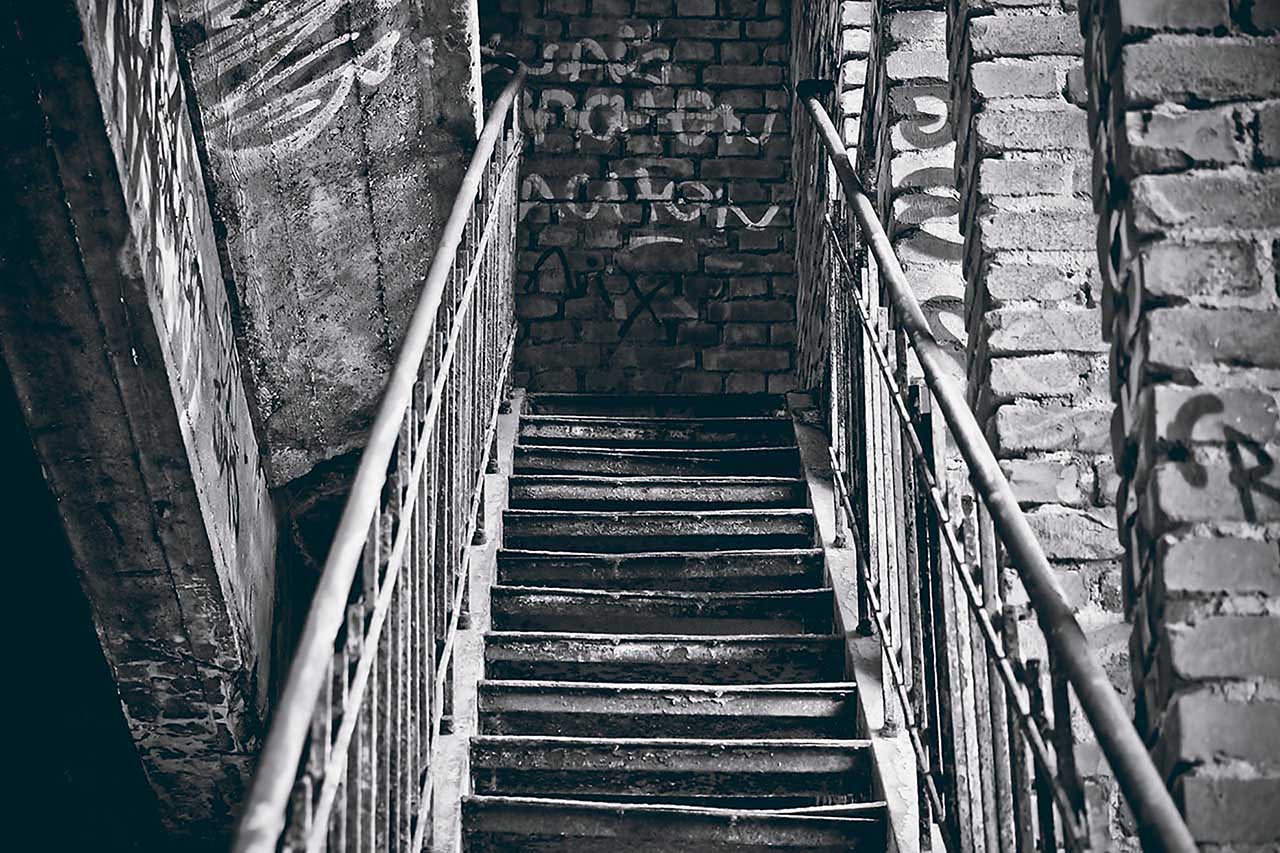
Urban landscape tips: 05 Use a tripod
Another consideration when shooting multiple images for an exposure blend is that every frame must be exactly the same in terms of composition.
The best way to avoid movement is to mount your camera on a sturdy tripod and use a remote release to ensure minimal movement of the camera that could knock your composition slightly off.
Urban landscape tips: 06 Use a lens hood
Depending on what time of day or year you’re shooting, the angle of the sun in the sky could cast light directly into the front of your lens, which will cause flare in your images.
A simple lens hood – which likely came with your lens – will prevent this light from creeping into your lens’ front element. Should you not have yours with you, though, you can simply use your hand to shield the lens from harsh light.
READ MORE
How to shoot a daytime long exposure
How to develop your own style in landscape photography
